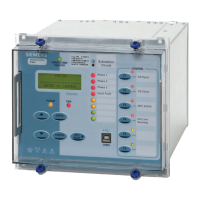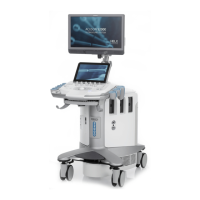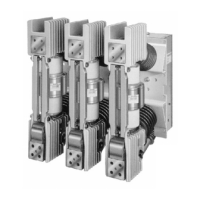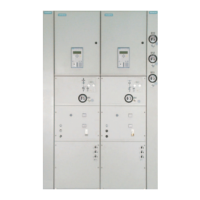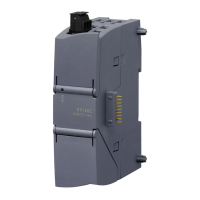7SR210 & 7SR220 Description of Operation
Unrestricted Page 84 of 94 ©2018 Siemens Protection Devices Limited
5.9 Load Blinder (21)
Load Blinders are used with directional overcurrent protection elements to block tripping during sustained heavy
load periods in distribution networks.
A Load Blinder element is provided in the 7SR22 relay with two operating modes, three-phase and single-phase.
5.9.1 Load Blinder (21) Three-Phase
Three-phase mode uses positive sequence impedance Z1. Both the negative sequence overcurrent threshold
(Blinder I2 > Block) and the under-voltage threshold (Blinder V< Block) are used to block the function.
21LB-3P Angle sets the angle for the load blinder region.
21LB-3P Impedance sets the impedance of the load blinder region.
21LB-3P VPPS sets the level of positive phase sequence voltage.
21LB-3P IPPS sets the level of negative phase sequence current.
Operation of the element can be inhibited from: -
Inhibit LB A binary input, virtual input, function key or remote data communications
The design of Load Blinder 3Ph makes consideration that protection blocking should be issued only during
definable allowable system power flow conditions i.e. an overcurrent blocking signal can only be issued when: -
a. Positive Sequence Voltage Vpps is not significantly changed, when the Vpps is above the 21LB-3P
VPPS Setting.
AND
b. Negative Sequence Current Inps is lower than 21LB-3P INPS Setting
AND
c. Distributed generators feed in PPS current into the system. In case of high load in system due to
distributed generation hence resulting in change of Zpps.
Zpps is calculated from Vpps and Ipps. The magnitude and angle of Zpps is compared with 21LB-3P
Impedance and 21LB-3P Angle to determine if the impedance is in operate or block and/or FWD or
REV zone.
Figure 5.9.1-1 Logic Diagram: Load Blinder Three-Phase

